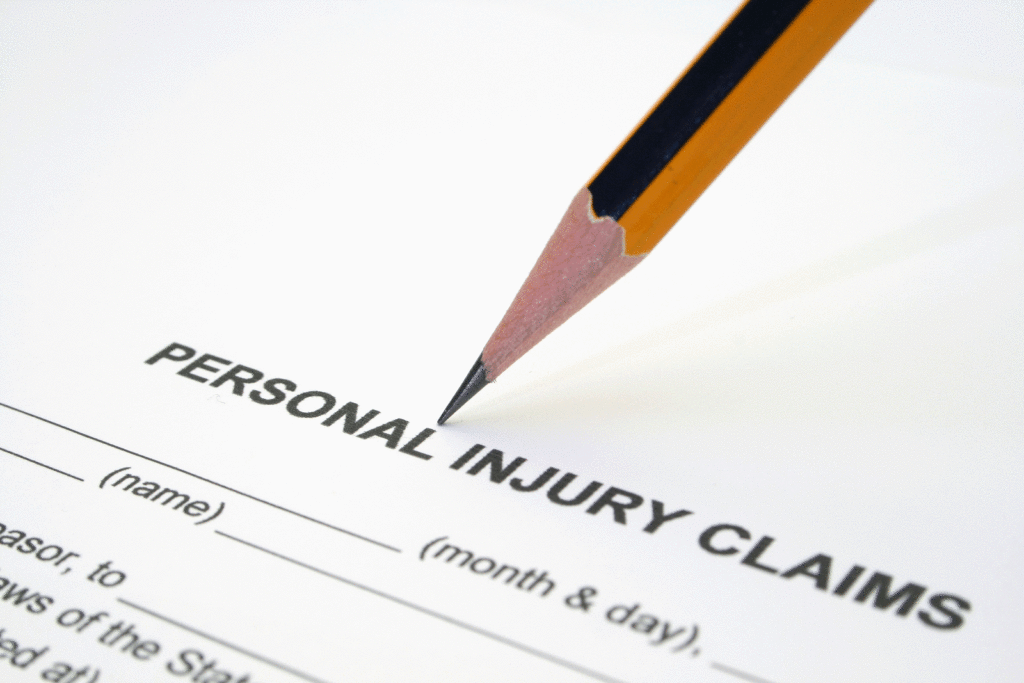Now Reading: Is Pursuing a Legal Case Possible if the Injury Occurred While I Was at Work but Wasn’t a Typical Workplace Injury?
-
01
Is Pursuing a Legal Case Possible if the Injury Occurred While I Was at Work but Wasn’t a Typical Workplace Injury?

Is Pursuing a Legal Case Possible if the Injury Occurred While I Was at Work but Wasn’t a Typical Workplace Injury?
Workplace injuries typically raise the question of whether an injured party is eligible to pursue a legal case. This is especially true when the injury does not fall neatly into the category of common occupational hazards.
However, if an injury is perceived as atypical or didn’t occur during the performance of normal job functions, it can be unclear whether the worker is still covered under these laws.
And so, it’s important for injured workers to understand their rights and the legal definitions that apply to their situations. This may entail consulting legal expertise to assess the viability of pursuing a claim.
Understanding Workplace Injury Claims
When examining workplace injury claims, it is crucial to discern between ‘typical’ injuries and instances that fall outside the norm. It’s also important to understand the legal context governing such incidents.
Defining ‘Typical’ Workplace Injuries
‘Typical’ workplace injuries are generally understood as injuries that occur during the course of an employee’s job duties and are a direct result of those duties. Examples include repetitive strain injuries from typing or machinery accidents on a production line.
The legal recognition of an injury as ‘work-related’ hinges on these conventional scenarios, which are widely acknowledged by employer-provided compensation plans.
Legal Framework for Workplace Injuries
The legal framework for workplace injuries is founded on workers’ compensation laws, which vary by jurisdiction but commonly mandate coverage for employee injuries irrespective of fault. This framework provides protections to employees, ensuring they receive necessary medical coverage and financial support.
In cases where an injury is ‘atypical’—occurring at work but not directly related to job tasks—legal nuances come into play. The ability to pursue a claim can be influenced by specific legal interpretations and the details of the injury itself.
Navigating Legal Proceedings
Pursuing a legal case for injuries obtained in non-typical workplace situations requires understanding the complexities of the law and the claims process. This section clarifies when to seek legal counsel, the steps involved in filing a claim, and the potential outcomes that should be anticipated.
When to Consult a Lawyer
Anyone considering legal action due to an injury at work should consult a lawyer as soon as possible. Legal expertise is crucial to determine eligibility for compensation, especially when the injury is not a standard workplace injury.
A personal injury attorney in Pasadena, for example, can advise on rights, the viability of a claim, and the relevant legislation, such as those outlined in the study on compensation’s impact on recovery.
The Claim Process
- Initial Consultation: This is the step where an injured party discusses their case with a legal professional to understand the possible legal routes available.
- Case Assessment: Utilizing the provided information, the lawyer assesses the case’s merits, often requiring thorough investigation into the accident and injury specifics.
- Filing the Claim: Upon agreeing to proceed, formal paperwork must be filed with the appropriate legal body or court.
- Negotiation/Settlement: Many cases are settled outside of court, where the defendant offers compensation to the injured party.
- Trial: If negotiation is unsuccessful, the case goes to trial where a judge or jury makes a final decision.
Each of these steps involves detailed procedures for which the injured party must prepare. Successful navigation between these steps may require understanding the emotional aspects of the compensation system.
Final Thoughts
Generally speaking, in personal injury law, if you’ve incurred an injury that wasn’t your fault, whether it’s a typical or an atypical injury, it is worth pursuing a legal case.










